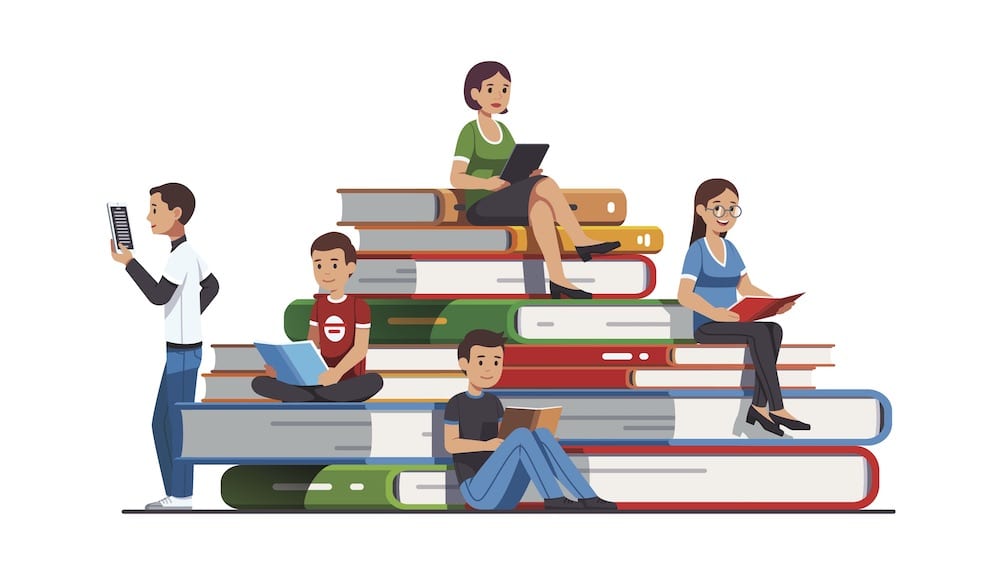What Readability Level Makes Sense for Your Audience?
By: Ann Wylie, President, Wylie Communications
January 27, 2020
It never fails.
When I talk in my writing workshops about the importance of making copy easy to read and understand, there’s always one person who can’t believe the advice applies to her.
“Are you kidding?” she gasps. “I’m writing to executives/pharmacists/school district superintendents/telecomm engineers/financial planners/horse breeders. These folks are superbly educated, brilliant and divine. There’s no way they’ll read anything that easy.”
So you think your audience wants it to be harder? Think again.
1. Start with average.
The average U.S. adult reading level is 8th grade.
Is your audience average? Yes: Target 7th- or 8th-grade reading level.
Not so average? Then consider going lower.
2. Consider going lower.
Some people are less literate than others. For instance, according to the world’s a huge global literacy test, the Program for the International Assessment of Adult Competencies:
Education. Education is the most reliable predictor of literacy, according to OECD. On average, literacy scores increase by 10 points for each year a person remains in school. The lower your readers’ level of education, the easier your copy should be to read.
Industry. People with poor reading proficiency tend to have more health problems, for instance. So if you’re writing to health care consumers, consider aiming lower.
How low? The best reading level for health information is 5th grade, say researchers Michael D. Aldridge and Kenneth Brownson.
Types of devices. Also, reduce the grade level when you’re writing for mobile devices. Mobile screens cut understanding in half, according to research by R.I. Singh and colleagues from the University of Alberta.
3. Consider going lower.
In general, the higher the literacy skills, the higher the job ranking, according to the PIAAC. Managers and professionals, for instance, tend to (but don’t always) have higher literacy skills than technicians, craft workers or machine operators. And people with high literacy skills are less likely to be blue-collar workers than those with lower skills.
However: I’ve always argued that if you think your audience members are especially elevated or educated, then you should make your copy more accessible. Highly educated executives, after all, tend to have more stuff to read and less time to read it.
4. Consider going lower.
But even if you’re writing to brain surgeons and rocket scientists, keep your grade level average low. That’s because:
- People don’t read at their grade level. On average, high school graduates read at the 9th-grade level, according to William H. Dubay, readability consultant at Plain Language Services. College graduates read at the 12th-grade level.
- Over time, reading skills decline. On average, Dubay says, adults read at five grade levels lower than the last grade they completed.
- People don’t want to read at their grade level. “People prefer to read and get information at a level below their capacity,” says Douglas Mueller, president of the Gunning-Mueller Clear Writing Institute. “Even a Harvard University professor prefers to get information without strain.”
Nobody wants it to be harder. No matter your audience, make your message easier to read.
Learn more about Ann’s Revving Up Readability workshops.
Ann Wylie is president of Wylie Communications. She works with communicators who want to reach more readers and with organizations that want to get the word out. Get all of Ann’s tips when you subscribe to her email newsletter.
Copyright © 2020 Ann Wylie. All rights reserved.


